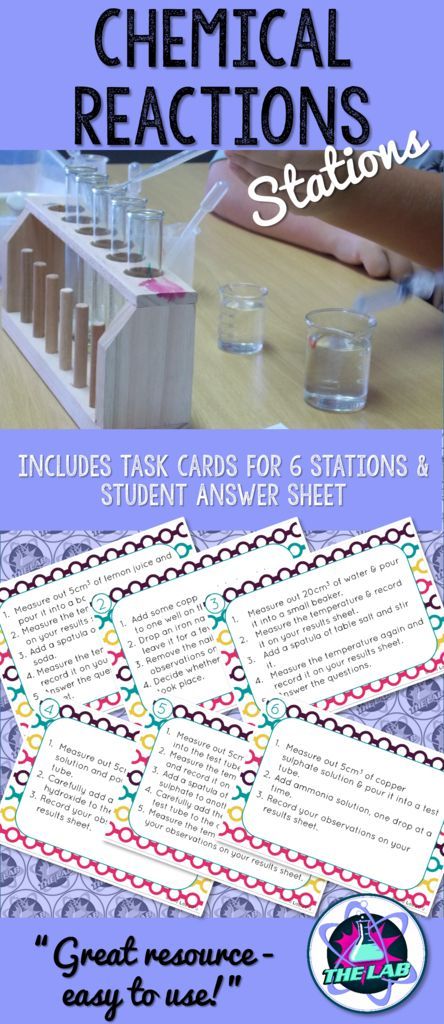Ideal Airbags Chemical Reaction

Airbags are meant to work in conjunction with seatbelts so buckle up.
Airbags chemical reaction. This is an inside look at the chemists who make the propellants that make the airbags work and how they fine-. An electric current sent through the air bag circuit passes to a heating element that ignites a chemical explosion usually by sodium azide of such and as that explosion burns a gas usually nitrogen or argon is released and inflates into the nylon bag that is the car air bag and the impact of the human coming into contact with the airbag is so full of force it actually deflates the bag by the time the. These reactions produce gas N 2 to fill the airbag and.
Chemical Reaction Behind AirbagsDESCRIPTIONAccording to Association for Safe International Road Travel nearly 13 million people die in road crashes. When car sensors detect a crash a chemical reaction is triggered by the ignition of a. If youre in a car accident you want to be sure your airbags protect you.
When sensors in the vehicle detect a collision an electrical current is passed through a carefully measured amount of NaN 3 to initiate its decomposition. OK technically its a chemical reaction that produces gas to fill the bagbut thats. This week on Reactions were talking the science of airbags.
The airbags inflation system reacts sodium azide NaN3 with potassium nitrate KNO3 to produce nitrogen gas. And i t sends the gases out these holes in the inflator into the air bag which is folded up inside the air bag unit. Reactions Science Videos May 01 2018.
Airbags save tens of thousands of lives a year. This gas fills the nylon bag making it burst. It turns out the only way to get an airbag to inflate fast enough to be useful is with an explosive.
Hot blasts of the nitrogen inflate the airbag. When the car undergoes a head-on collision a series of three chemical reactions occur inside the gas generator. The sound of an airbag deploying is loud like the cracking of a whip.













